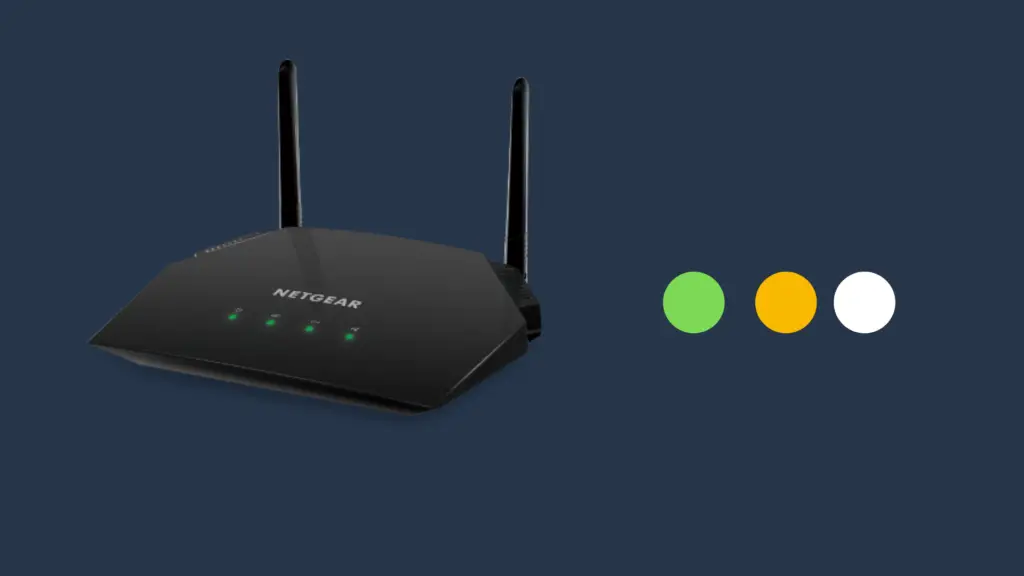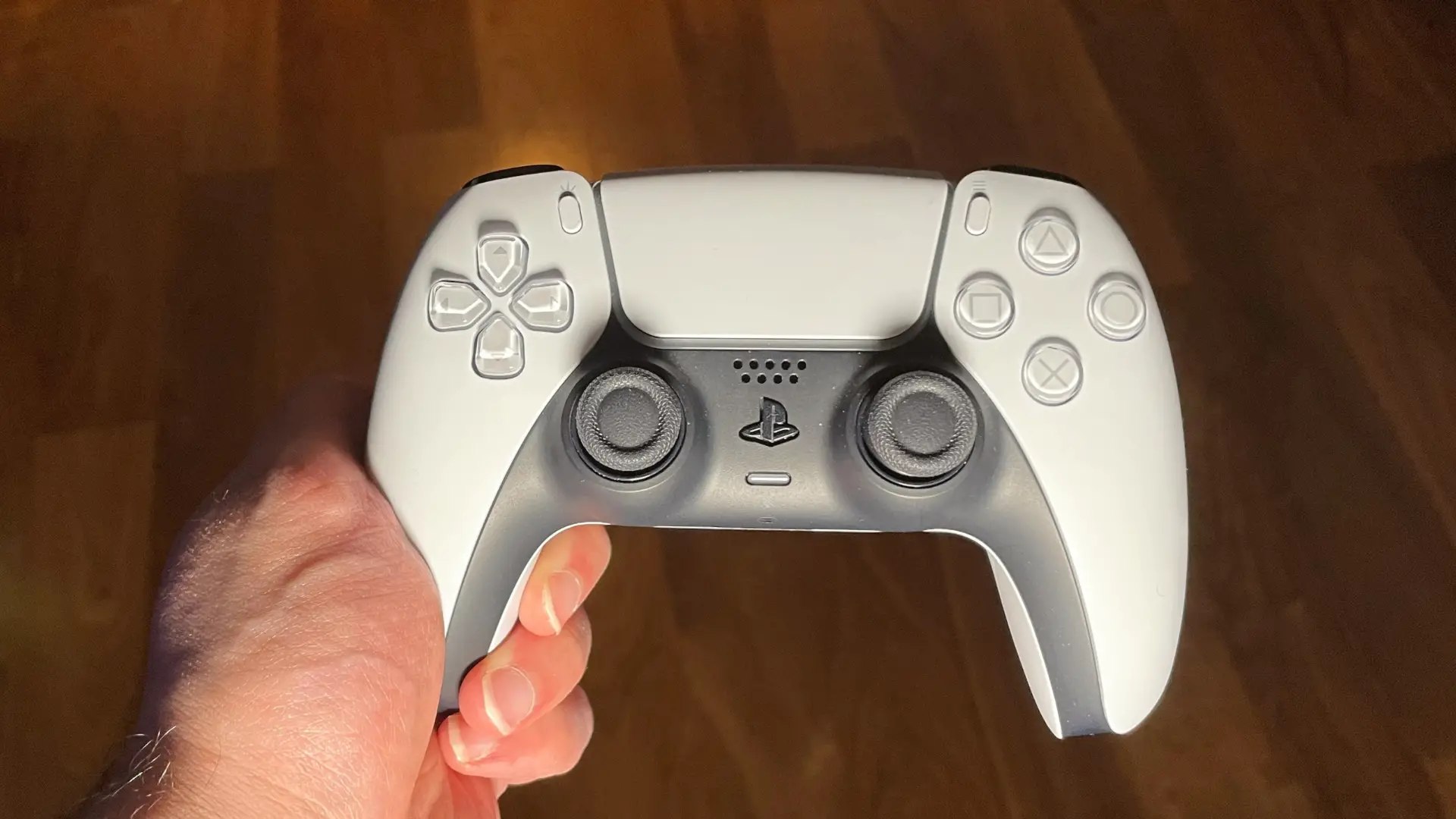What do the Lights on My Netgear Router Mean?

Figuring out what is going on with your Netgear router can be a frustrating thing, especially if you are not well versed in router technology in general. When your router is having trouble, it can usually get fixed just by unplugging it and plugging it back in. But what do you do when this is not enough to fix the problem? For a lot of people, this just leaves them at square one. To help you figure out how to manage your Netgear router, we are going to help walk you through some knowledge about it, specifically what the lights on your Netgear router mean.
There are multiple lights, including the Power LED. If this light is off, so will all the other lights. This light can be solid green or white to indicate readiness, while solid amber indicates it’s powering on. However, if the light is blinking, it may mean other things are going on.
But what do these other lights mean on the Power LED? And what do the lights mean on the other LEDs?
What do the Lights on My Netgear Router Mean?
There are a number of lights on your Netgear router, and different circumstances may cause the lights to show different colors or blink. This can be confusing, but once you learn what they all mean, it becomes that much less daunting to deal with.
Power LED
If your Netgear router is powered on, the power LED (light-emitting diode) will be lit up as well. If this light is not currently powered on, none of the lights will be on either. The only reason why your power LED light will be off while the others are on is if the light itself has sustained damage.
When the router is powered on, it will either show a solid green or solid white color, to indicate that it is ready. However, the router will not show white or green until it has finished the powering on process. During this process, the Netgear router’s power LED will show a solid amber light until complete.
If the light is blinking, its meaning will depend on what color the light is. If the light is blinking amber, this may mean one of two things: either the router’s firmware is being upgraded, or you pressed the Reset button on the router. If it is blinking white, this is a more serious issue, as it indicates that the firmware has become corrupted. Finally, if you have an R8000 Netgear router and your light is blinking white and amber, your router is in access point (AP) mode.
Internet LED
If the Internet LED light is off, this means that the Ethernet cord connecting the router and modem is either damaged or unplugged. Either plug it back in or replace it. If it is solid green or solid white, this indicates that the Internet connection is ready. Solid amber indicates that the router has detected a connection to the modem via an Ethernet cable. Finally, if the light is blinking white, the port is either receiving or sending traffic.
Wi-Fi LED
If the light is off, this means that Wi-Fi radios are off. Solid white, however, means that they are operational, and a blinking white light means that it is receiving or sending Wi-Fi traffic.
Wi-Fi Band LEDs
These lights correspond to individual Wi-Fi radios. Just as with the Wi-Fi LED, if a light is off, the Wi-Fi radio is off too. Solid white means that the radio is operating, and blinking white means it is receiving or sending traffic.
USB LEDs
If a USB light is off, it suggests that either no USB device is connected to the router, or that the button to Safely Remove Hardware was pressed, allowing you to now remove the USB device from the router. If the light is blinking green or white, a USB device has been plugged in and is trying to connect. A solid green or white light means that the USB device is now connected.
Ethernet LEDs
Your Ethernet LEDs can be multiple colors, with each color indicating how fast the Ethernet connection is. If the light is either white or green, the Ethernet connection is 1 Gbps (Gigabytes per second). If it is amber, the Ethernet connection is either 1000 Mbps (Megabytes per second) or 10 Mbps. If off, this means that no connection is detected. If solid, you are connected to the Ethernet port, and if blinking, it means that the port is receiving or sending traffic.
WPS LED
The WPS (Wi-Fi Protected Setup) LED is a fairly straightforward one. If the light is off, there is no WPS connection. If the light is blinking white or green, the router is currently trying to establish a WPS connection. Meanwhile, a solid white or green indicates that the WPS connection was successfully established.
Why do Netgear routers often use either white or green?
White and green are often used depending on the router, though not on the same devices. They typically mean the same thing, however, so whether your Netgear lights are white or green should make no difference.
How do you fix corrupted firmware?
If your Netgear router is blinking white on the power LED, this suggests that the firmware has been corrupted. While corrupted, you may not be able to get connected to the Internet. In order to repair the corrupted firmware on your router, you will need to use TFTP (Trivial File Transfer Protocol). You will need to find a way to download the ZIP file containing the update from Netgear’s website. Next, extract the contents of the ZIP file to your desktop, and attach your computer to the router via an Ethernet cable.
Next, set your computer to use a static IP address. To do this, open the Start menu, and type network connections. Press Enter, and then right-click on Ethernet and then select Properties. Double-click on the Internet Protocol Version 4 (TCP/IPv4) option. Click Use the following IP address and then enter the following:
- IP address: 192.168.1.10
- Subnet mask: 255.255.255.0
- Default gateway: 192.168.1.1
Click OK. Be sure to remember your previous settings so that you can change them back later.
Go back to the Start menu, and then type cmd. Open the Command Prompt, and then type cd desktop to change the directory of the Command Prompt to your desktop. Next, type TFTP -i 192.168.1.1 put [firmware file name], and do not press Enter yet. Remove all Ethernet cords from the router except the one connecting the router to your computer, and then turn the router off for 10 seconds. Power it back on, and wait for the power LED to begin blinking amber. While flashing, go back to your computer and push Enter. This initiates the firmware upload.
The upload process will take a few minutes. After the upload is finished, give it about four minutes to complete the storage process of the firmware update. Return the Ethernet settings to what they originally were.





